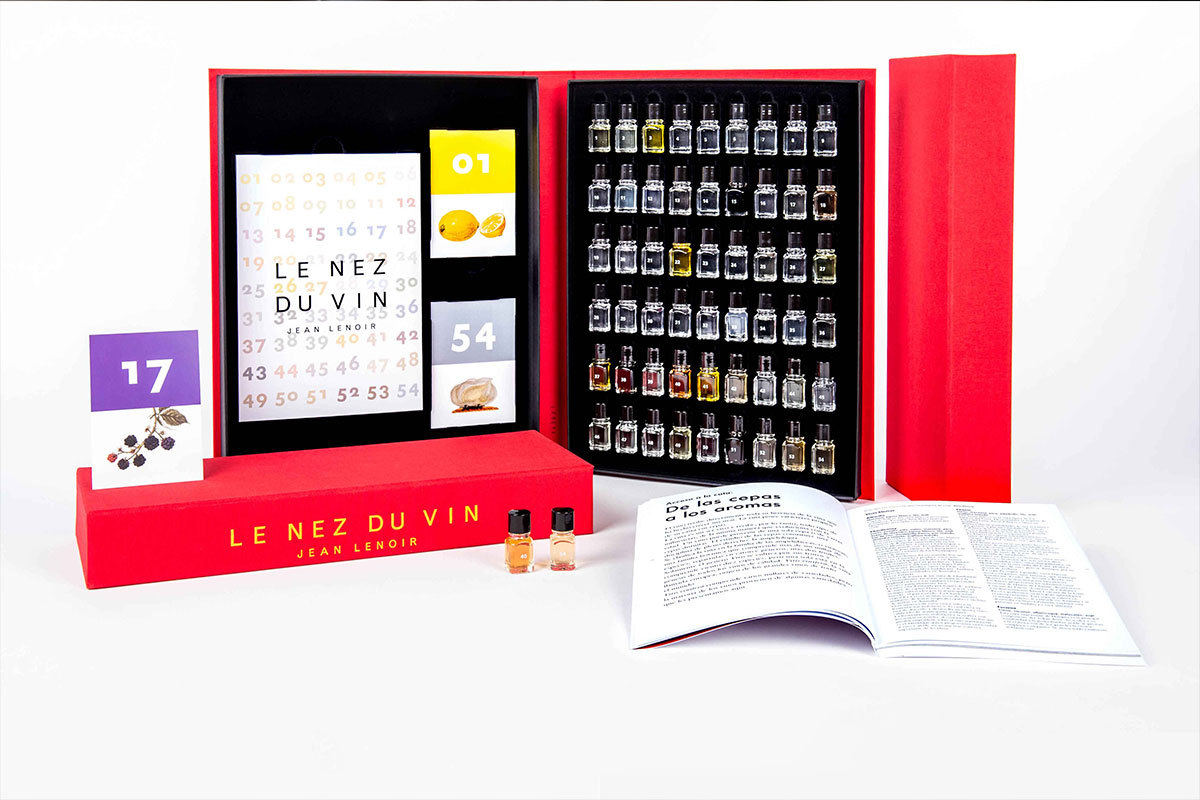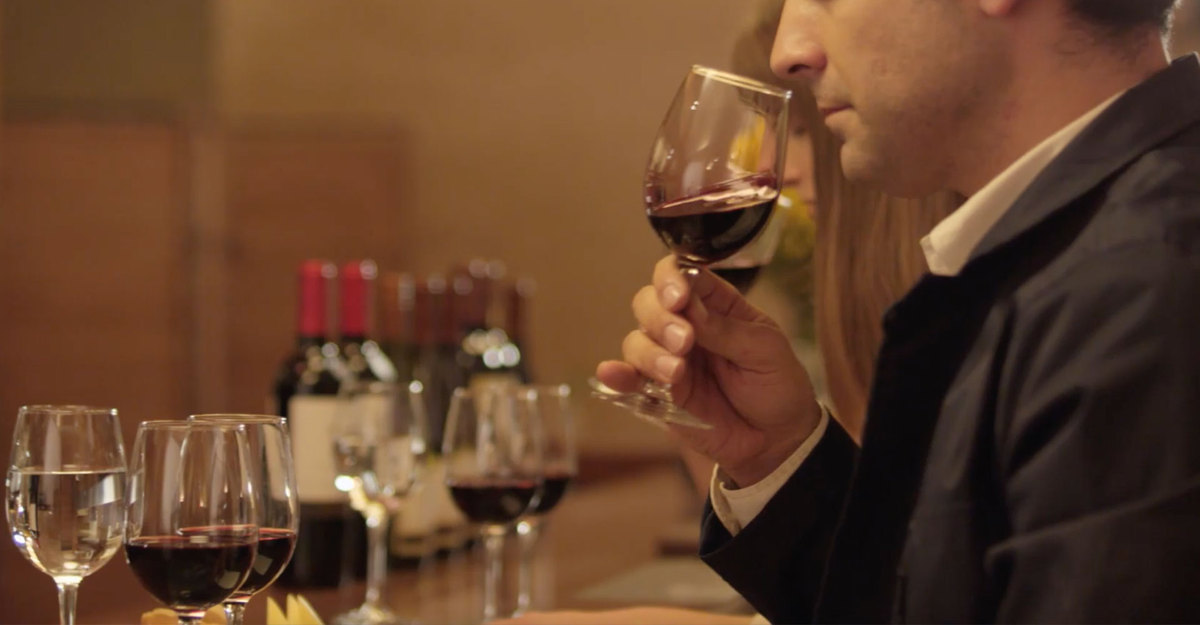26 de March de 2021
How to identify better and more wine aromas
Have you ever bought a wine motivated by the aromas described on the back label, but after drinking it you didn’t feel anything. This story is much more common than we think. It has probably happened to all of us at some point. But if you don’t want it to happen to you again or that next time it is less frustrating, here are some tips.
Firstly, you should know that many descriptors are subjective or imprecise. Secondly, our ability to identify aromas is strictly related to our memory. How are we going to pick out notes of lychee if we have never tried one? The good news is that there are several ways to train our memory and our nose. The easiest and fastest, which you can put into practice right now, is to be aware of the aromas that surround you at all times. Start paying more attention to your sense of smell every time you choose fruits or vegetables in a grocery store, condiments when cooking, or even when you are walking outside. Identify the aromas and save them in your memory with their name. Training the nose is an infallible practice that, in addition, will gradually increase your sensitivity. Then, you can also put the following suggestions into practice:
-
Check through your “aroma bank” while drinking a wine

After registering the aromas in your mind, it is advisable to incorporate new ones. For example, if you haven’t tried a lychee but have access to one, try it or smell it. And so with other aromas. The next thing then, is to go through this “memory bank” that you have in your mind while drinking a wine. If it is white like Casillero del Diablo Sauvignon Blanc, you can start by remembering aromas of citrus fruits (such as lemon, lime and tangerines) or herbs (such as rosemary and thyme). If it is a red wine such as Marques de Casa Concha Pinot Noir, recalling red fruits (such as raspberries, strawberries and cherries) or black (such as blackberries, blueberries or plums), and thus see if there is any aroma in the wine that resembles them. One piece of advice I always give is to imagine that you open your fridge: pick out everything in it (from milk, butter, to fruits, fresh vegetables, juices and food that you have cooked) and, one by one, see if any of those aromas appear in the wine.
-
Sniff your wine gently!

To help the wine express its aromas and you to detect them, spin your wine in the glass creating a swirl. With this it will come into greater contact with oxygen, expressing itself better. Then, smell it. But this is very important, always do it delicately. Otherwise, your nose will be inundated with the strong and volatile aromas of alcohol.
The way that works best for me is by taking very short and delicate inhalations. Although there are people who find it better to alternate short sniffs with longer and slower ones. Applying this technique with Terrunyo Carmenere, for example, the first aromas that appear are black plum fruits, blueberries, then some floral notes such as violets, spices and a touch of chocolate. But remember that it is possible that this wine reminds you of other aromas that I did not mention.
-
Train with an Aroma Kit

Training our ability to recognize aromas takes practice. And as they say, practice makes perfect. That’s what Aroma kits are for. Although we can exercise at home or in our daily life by being aware of our sense of smell, a much clearer way is to do it with this entertaining tool that offers you the aromas already identified and contained in a tiny bottle. There are several alternatives on the market, but my favourite by far is La Nez du Vin (The nose of wine). Includes 54 aromas which are a mix of wine extracts and essences made by a French perfumist. They are ideal to use in blind tastings, playing to identify them. In addition, it includes visual material such as memory cards and a large book that precisely details each aroma, why it occurs in wine, its corresponding molecule, as well as, an extensive listing of the regions and specific wines in which it is found. It’s not cheap, but if you really enjoy the world of wine, this kit might be for you.










